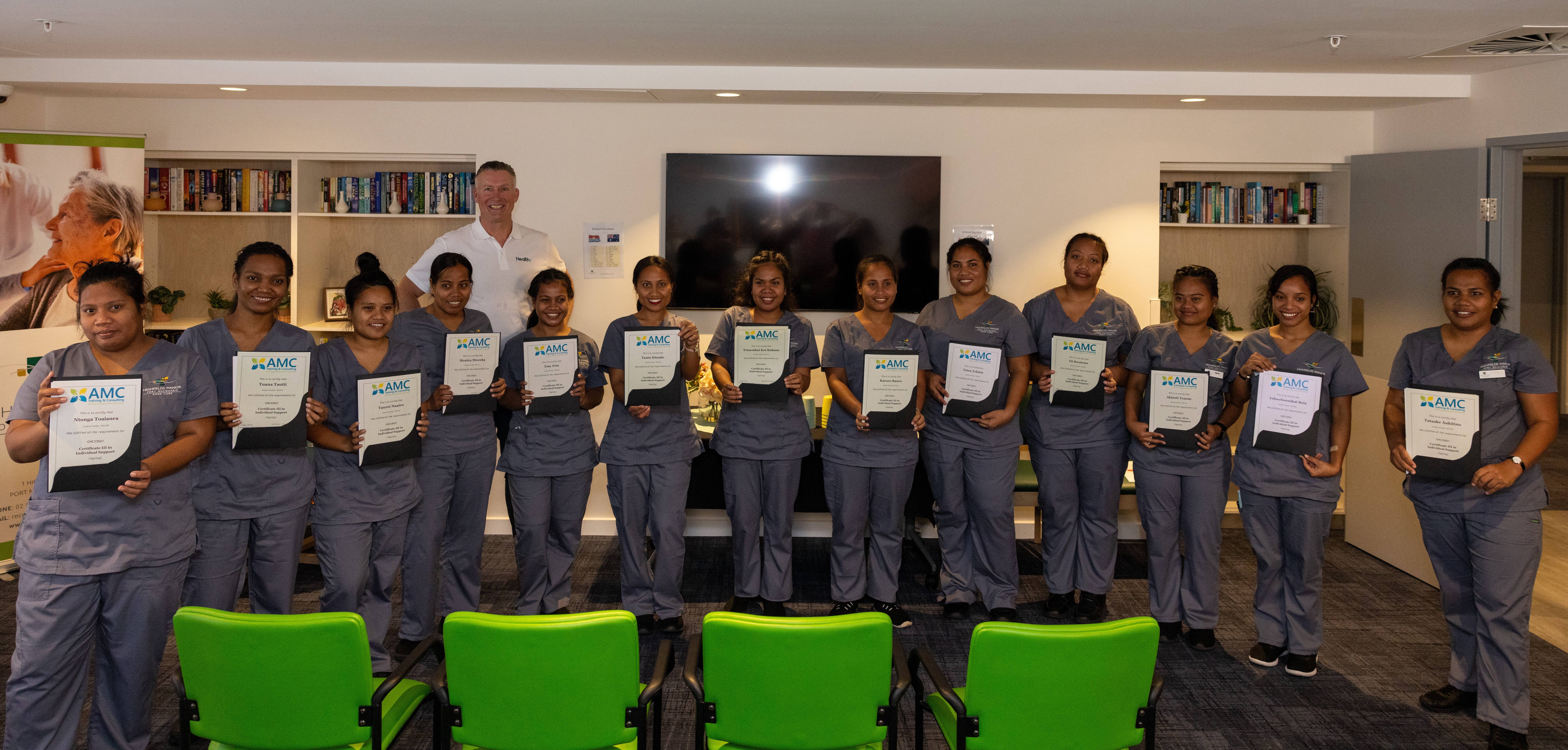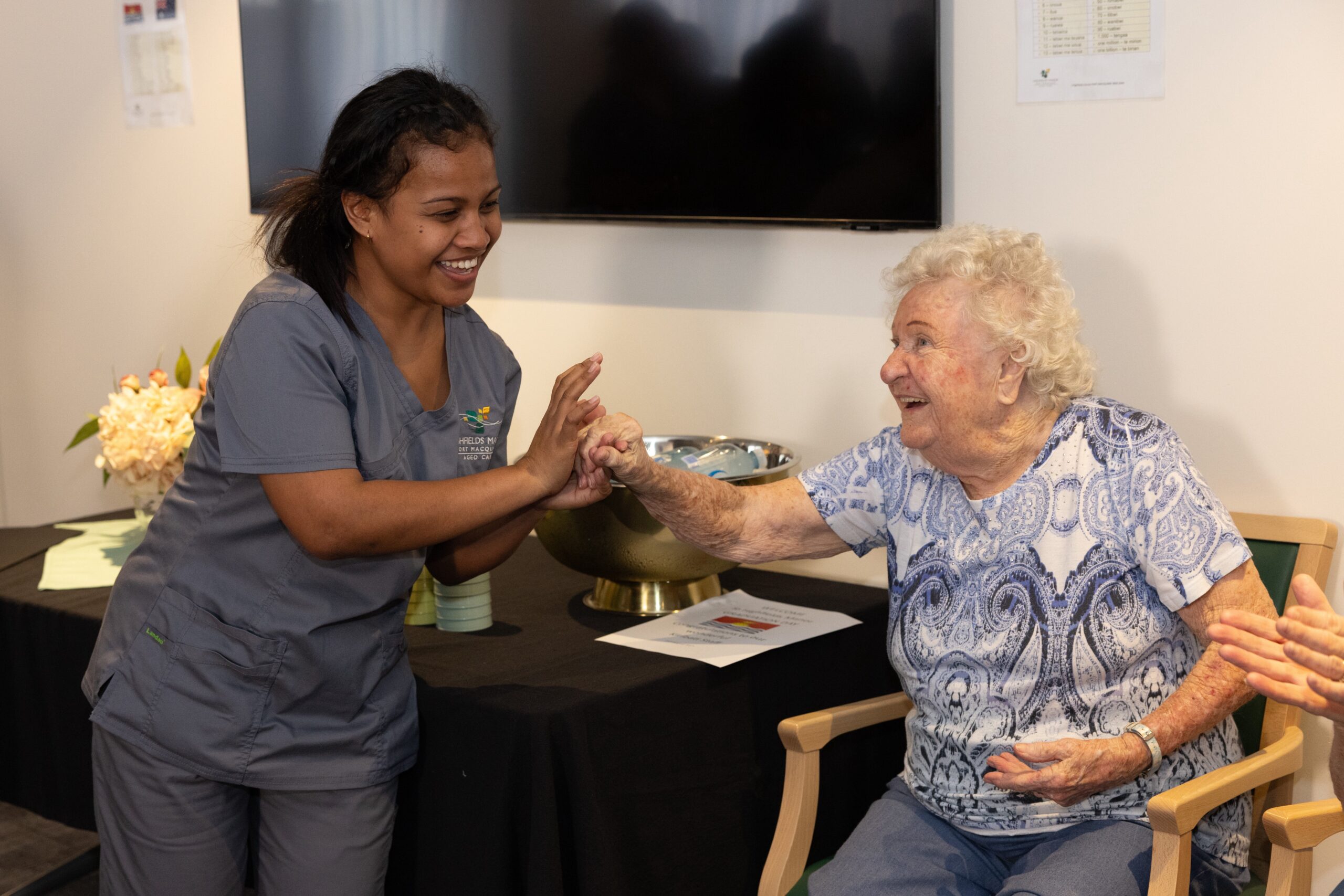Nurse Prescribers in Australia: What the 2026 Reforms Mean for Patients and GPs
As Australia faces an ongoing GP shortage, new reforms are changing how patients access care. From 2026, registered nurses will gain limited prescribing rights — a move that could reshape primary care, particularly in rural and regional communities.
The GP bottleneck in Australia
If you’ve tried to book a GP appointment lately, you already know it’s getting harder, especially outside the cities. In some regional towns, wait times can stretch for days or even weeks. For patients who just need a repeat prescription or a minor issue checked, that’s a long time to wait.
Australia’s GP shortage is no secret. Many clinics are full, doctors are burning out, and rural and remote communities often go without care. It’s not uncommon for patients to delay treatment altogether, and that delay can have serious consequences.
What’s changing in 2026
From 2026, qualified registered nurses (RNs) will be able to prescribe certain medicines under new national reforms introduced by the Nursing and Midwifery Board of Australia. It’s not a free-for-all. Nurses will need at least three years of clinical experience, postgraduate prescribing training, and a prescribing agreement with a doctor or authorised prescriber.
In other words, it’s a partnership model. Nurses will prescribe within clear boundaries, under defined governance and supervision. The goal is simple: make it easier for Australians to get the care and medicines they need, particularly in areas where access to a GP is limited.
You can read the official announcement on the Nursing and Midwifery Board website.
Why nurse prescribers could help
At HealthX, we work with hundreds of Australian RNs every year, many in rural and remote settings. They’re often the first point of contact for patients and the ones keeping clinics and aged care services running when a doctor isn’t available.
For stable patients managing chronic conditions, these nurses already do much of the heavy lifting — monitoring blood pressure, reviewing medications, and recognising when something isn’t right. Giving them the authority to handle straightforward prescription renewals or adjustments within scope makes sense.
It means patients can be seen sooner.
It means GPs can focus on the complex and critical cases.
It means regional clinics can run more efficiently without turning patients away.
Would you trust an RN to prescribe?
We would, and we already do.
HealthX nurses are highly trained professionals who consistently demonstrate clinical judgement, accountability, and compassion. Most already work under advanced practice models where they make critical decisions every day.
That said, the reform only works if it’s backed by strong safeguards, including clear governance and prescribing limits, proper training and mentorship, data sharing and communication between nurses and doctors, and oversight to ensure patient safety remains front and centre.
This is about collaboration, not competition.
A step toward stronger, more accessible care
The reality is that Australia’s healthcare workforce is stretched thin. The answer isn’t to expect GPs to work longer hours. It’s to build smarter systems that use every qualified clinician to their full potential.
Empowering nurses to prescribe within a safe and supported model is one practical step in that direction. It helps rural communities access care faster. It lightens the load for overstretched clinics. And it recognises the capability of the nursing profession that has long been the backbone of our health system.
This reform won’t fix every workforce challenge, but it’s progress.
We’ll be watching closely as it rolls out, because we know firsthand how much impact a skilled, trusted RN can have in a community that otherwise might go without care.
At HealthX, we’re proud to work with so many exceptional nurses across Australia who already lead with skill, compassion, and integrity. They’ve earned our trust, and soon, they may earn their prescription pads too.
Explore nursing careers across Australia
If you’re a registered nurse interested in advancing your career or exploring new opportunities across Australia, connect with our team at HealthX today.
You may also like


 View all News & Resources
View all News & Resources


